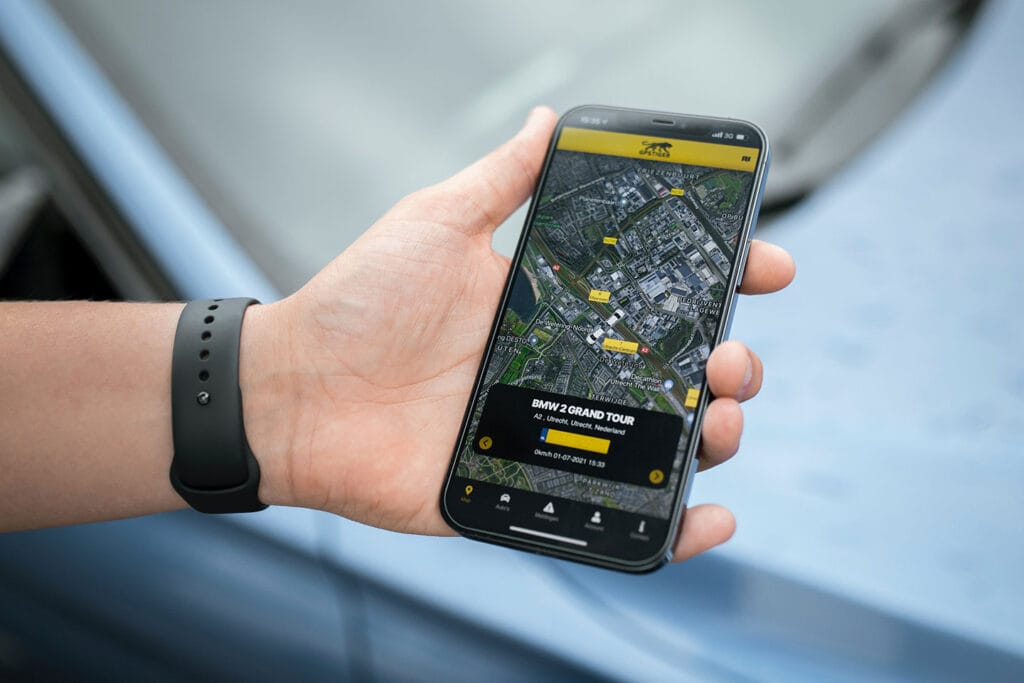Digital Cities – 7 Key Features That Will Improve Society
As digital cities become more prevalent, key features enhance their efficiency and citizens’ ability to access critical public services and local information. Many large cities worldwide have implemented or are implementing smart projects that improve the increasing demands of a growing population and public safety.
As each digital city develops, several features help improve the urban environment based on the population’s needs while improving access to community services and digital government services for businesses, citizens, and tourists to the area.
Features that Improve Digital Cities
While implementing digital cities technology can significantly improve productivity, access to data, and connecting services to individuals and businesses, seven key features can improve collaboration between departments, facilitating urban planning and providing reliable information for communication, travel, and navigation.
1. Connecting Smart Infrastructure Across Multiple Systems
New, advanced technology such as 5G communication, connecting to multiple devices, and integrating these systems create a seamless infrastructure that’s reliable and convenient for citizens, visitors, businesses, and organizations.

A successful digital transformation includes user-friendly solutions, so individuals with various mobile devices can locate specific neighborhoods, buildings, and local businesses or government services in their immediate area.
Data must also be accessible through various apps and software, such as navigation devices, online delivery apps, and other convenient mobile services that optimize the user experience. By implementing 5G technology, data transmission is significantly increased, which makes it easier for fast, reliable service throughout smart cities.
2. Improved Urban Mobility Services
Smart mobility services offer a better way to manage the complexities of driving throughout the city while avoiding traffic congestion, finding the optimal parking space, and locating ride-sharing services or local transit stations.
While finding the best solution for some modes of travel can be challenging, especially in a large urban center, smart cities integrate all data to compile multiple solutions through simplified apps.

Urban mobility services integrate with many platforms, including public transit routes, e-bikes, inter-city transportation, competitive parking spaces, and ride-sharing services.
These smart city solutions provide individuals with real-time, up-to-date schedules and availability, which can help them choose between taking a bus or scheduling ride-sharing while comparing rates and expected arrival times.

As technology advances, smart cities will have the advantage of upgrading more smoothly to integrate future travel options. Transportation in the future may heavily rely on self-driving vehicles, but additional transit routes within the city and inter-city transit options will also be necessary.
Smart mobility can also provide more outstanding options for individuals needing specific accommodations and coordinating between more than one transit route so that they can plan their commute or itinerary with improved access and safety.
3. Greater Access to Government Services
Smart cities are designed to provide government and public services using smartphone apps, websites, and other mobile digital devices, making them more accessible, transparent, and affordable.
These online tools are also very useful for users. They can provide feedback, schedule appointments at a local branch, update any current documentation, and find services they need through multiple channels.
Many public service departments can provide current information on service hours, website portal options, and news through social media channels.
4. Quality Healthcare
Smart cities’ healthcare and urban life quality are significantly improved by reducing costs and increasing operational efficiency. Smart city solutions include physical objects and smart buildings equipped with software, sensors, and digital technology to connect data, which people can exchange through internet channels for practical, innovative solutions.

Cities can easily extend health and wellness services in urban areas to individuals, where tracking improves the management and monitoring of medical conditions and illnesses.
As a result, smart healthcare systems reduce expenses associated with employees, equipment, patient services, and additional support by collecting relevant data, including digital images, to personalize treatment options and using AI (artificial intelligence) to find the best solutions.

Smart health services can also provide the digital tools needed to treat patients that take into consideration health records and diagnoses, such as addiction, post-traumatic stress disorder, and mental health conditions. This innovation is also essential in teaching medical students about medical and surgical techniques and anatomy through simulated, 3D environments.
5. More Knowledgable Citizens
As digital advances provide more in-depth information about public works, city services, public transportation, and other innovative tools through smart technology, citizens will better understand how to access various specific services, products, and locations.
Digital cities offer greater options for leveraging time and cost management to find the most feasible solution. Individual feedback is also essential in improving the existing infrastructure and developing city initiatives to improve various public services.
Smart city initiatives also provide educational tools that help empower more people and their ability to access services while contributing to them.
6. Greater Sustainability
Many of the challenges in urban areas can be significantly reduced while improving the quality of life with smart technology. For example, technological advancements in energy, management of city waste and recycling systems, construction, demolition, and restoring urban spaces can be managed more effectively to reduce waste while implementing more sustainable resources and materials for long-term benefits.

7. Creating New Partnerships and Community Networks
Smart cities empower communities, businesses, and citizens to solve problems, make new connections and networks, and find better services through new relationships. While the initial process may encounter challenges, digital cities offer great solutions to bring together more people and ideas. They create a more sustainable city and achieve remarkable outcomes through seamless, multiple digital tools and connecting data.
Final Thoughts
Digital cities are the future in forging efficient, safer, and connected urban spaces and bringing together individuals and neighborhoods with city services and local organizations to build a more robust, influential network.
Digital cities give urban areas more significant opportunities to engage with residents while providing affordable, reliable services and communities with innovative solutions.
Inspired? Pin it!







